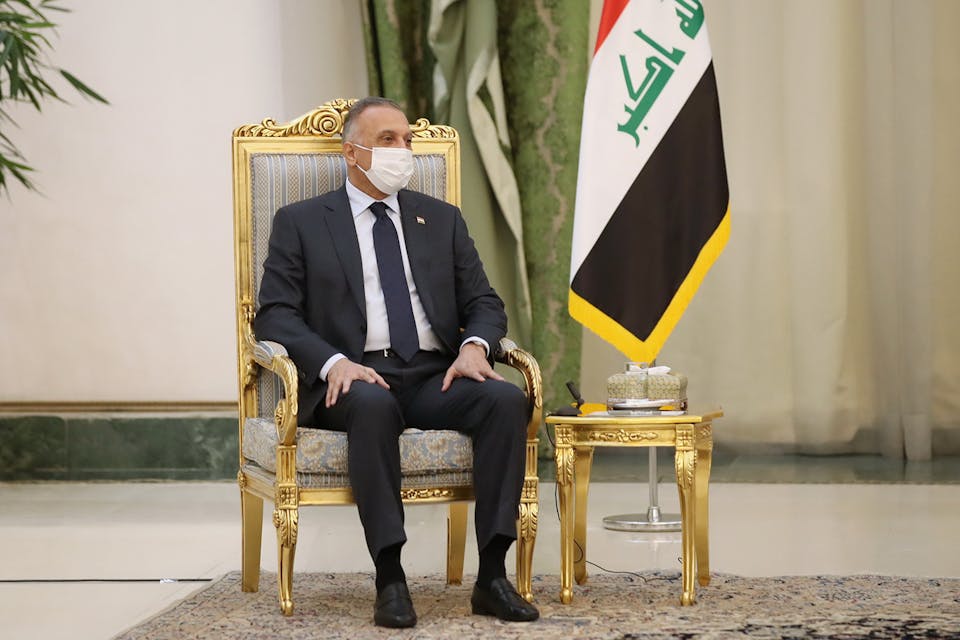
September 22, 2020
How America Helped Iraq Fall under Iran’s Grip
The U.S. has repeatedly chosen the wrong allies in Iraq. Now Iran is poised for total control over its old adversary, a development that carries grave costs.
Forty years ago today, Iraq launched an invasion of neighboring Iran, beginning a war that would drag on until 1988 and leave hundreds of thousands dead. This anniversary falls in the midst of what might be considered a second Iran-Iraq war, which—in stark contrast to its predecessor—has been fought in the shadows, involves political maneuvering as much as brute force, and has largely escaped the notice of the Western news media. While Baghdad launched the first Iran-Iraq war, this second one was begun by Tehran with the aim of gaining control of the Iraqi state, driving the Americans out, and securing Iranian domination of the entire region. The U.S. seems to have put its hopes in the new Iraqi prime minister, Mustafa al-Kadhimi, to help turn the tide. Whether these hopes will pan out, only time will tell.
To understand the predicament that America now faces in Iraq, it’s necessary to go back to 2003, when America took the fateful decision to oust Saddam Hussein, and to the bloody insurgency that followed. In doing so, we must set aside the still-bitter arguments about the wisdom of that decision, as well as the usual narratives found in the press, which often obscured more than they revealed.
When the U.S. and its allies entered Iraq, they knew who their enemy was: Saddam and his army. The coalition made short work of defeating the Iraqi military, but, as everyone knows, the worst was yet to come. Elite units that escaped death or capture shed their uniforms and disappeared into the population to regroup as guerrilla forces. Soon, members of the regular army joined them, convinced that, given their connections to the defeated regime, they had no future in the new Iraq the U.S. wished to create. This emerging insurgency also made common cause with Sunni jihadist groups connected to al-Qaeda, who likewise opposed America and didn’t want to see the Shiites—long repressed under Saddam—come to dominate the country. In a country of 26 million, the U.S. now faced an enemy that could hide in plain sight, one it was ill-prepared to fight. While America struggled to find its footing, Iran knew what to do, and had the perfect weapon at its disposal.